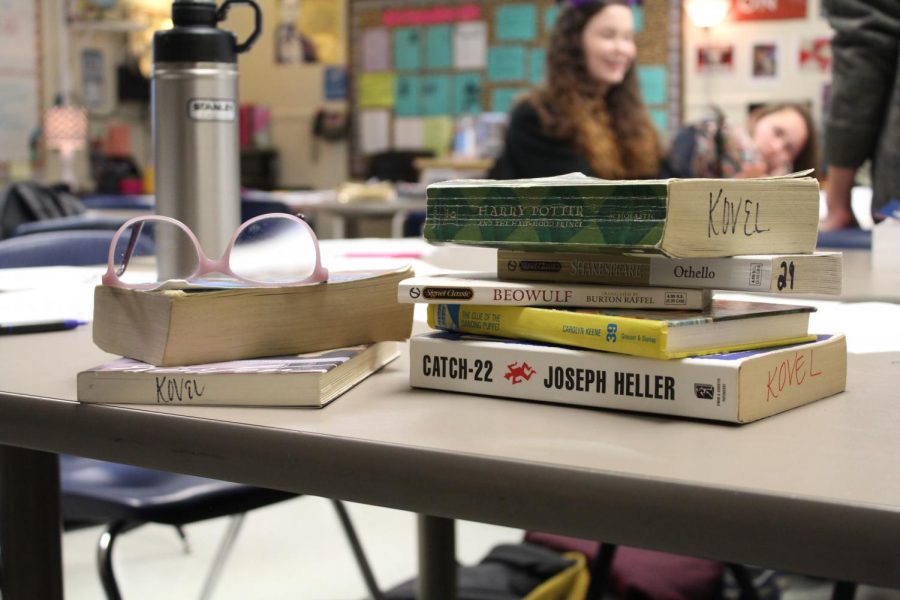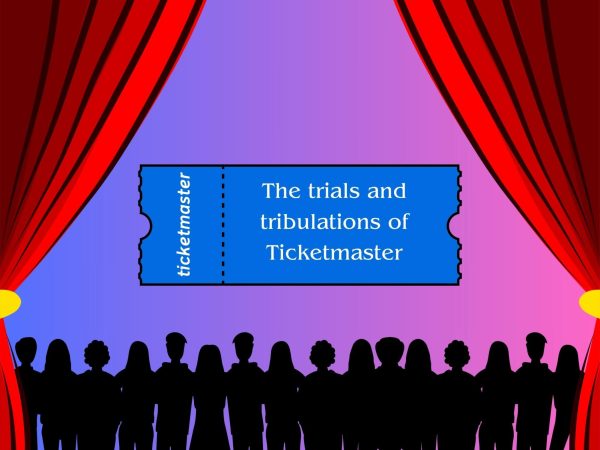Put down your phone and pick up a book
Studies have proven students will only help build student success. In times of heavy tech usage, many students lose the opportunity to pick for themselves teh books they would like to read.
November 1, 2018
In modern society, technology frequently overpowers the art of reading for pleasure. Many teens and young children would rather spend time mindlessly clicking away on a computer or tablet than picking up a book. However, implementing just 30 minutes of reading time within a language arts lesson can impact reading skills, especially those of young children. In order to expand these skills, adolescents need independent reading time every single day.
Children typically begin learning how to read between the age of four and seven, and reading enrichment time during school hours expands vocabulary and comprehension skills. Trying to teach a child to read before the start of Kindergarten may negatively alter their desire to read; leaving it to the professionals, teachers, will only enhance how well a child reads. Phonics lessons aid students in sounding out words, rather than just bluntly telling them how to pronounce something. Moreover, reading serves as the basis for children and their future studies, and if they have trouble deciphering text from a young age, the chance that they will struggle with more rigorous studies increases. However, if children with impaired reading abilities receive the appropriate treatment at a young age, 90 to 95 percent will overcome their difficulties.
For younger children, just 30 minutes of “silent reading” time during their language arts lesson can advance their school progress. Benefits come from “silent reading” time, such as enhancement of reading enjoyment, increased comprehension, expansion of vocabulary, and improvement in writing skills. However, after the end of elementary school, independent reading time diminishes. According to The Guardian, researchers discovered that only 46 percent of middle school aged children read for pleasure, a statistic comparable to the 49 percent percent of elementary school kids. Seemingly, reading for pleasure disintegrates after ages eight to ten.
For the older crowd, however, reading disappeared from culture a long time ago. With the invention of the iPhone back in 2007, these tech-phenomena drove a prominent shift in teen culture, which ultimately led young adults to stray from reading. The stereotypical teenager would rather spend time on electronic devices than sit down and delve into a good book.
In a world with a touch screen surface, focus wanders away from reading print books and manuscripts for young adolescents, but with an extra boost of reading time, enjoying a book can become pleasurable again. Students enjoy controlling what they do with their day, so when given the chance to pick a book, instead of a teacher assigning one, reading suddenly seems interesting again.
As the foundation to any field of study, reading dictates how students obtain information on any familiar or foreign topic. Reading for pleasure from a young age will prepare young minds for the punctilious truth that advanced reading entails. It opens the doors to success for adolescents that will one day lead our world. The Educational Standards Research Team in the United Kingdom (ESARD) found that reading for pleasure resulted in benefits, such as higher reading attainment and ability, text comprehension and ability, positive reading attitudes, and self-confidence as a reader.
With the United States reigning as a technologically-driven empire, keeping the hobby of reading for pleasure must stay alive. Implementing independent reading time in the classroom will engender the love of reading in America’s young minds, growing with them as they age.


















